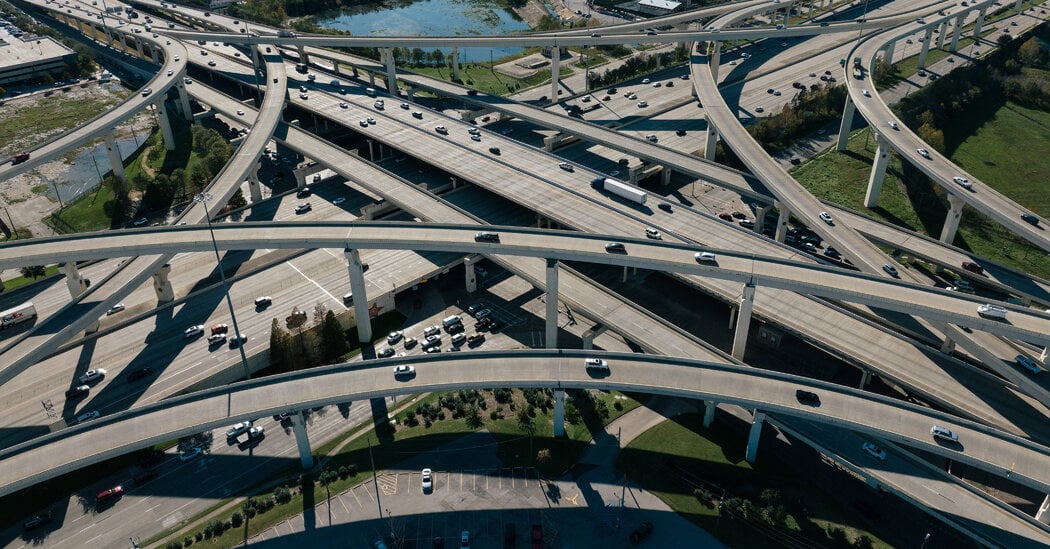For critics of widening projects, the prime example of induced demand is the Katy Freeway in Houston, one of the widest highways in the world with 26 lanes.
Immediately after Katy’s last expansion, in 2008, the project was hailed as a success. But within five years, peak hour travel times on the freeway were longer than before the expansion.
Matt Turner, an economics professor at Brown University and co-author of the 2009 study on congestion, said adding lanes is a fine solution if the goal is to get more cars on the road. But most highway expansion projects, including those in progress in Texas, cite reducing traffic as a primary goal.
“If you keep adding lanes because you want to reduce traffic congestion, you have to be really determined not to learn from history,” Dr. Turner said.



That’s not what they’re saying. No one’s going to stop you from living in a suburb 50 miles from your job. But the argument is that maybe a city should stop encouraging people to do so by investing their limited resources in mass transit and denser housing, thus giving some people the option of NOT having to live 50 miles away.
And if road infrastructure is neglected, then anything larger than a person can’t easily move in or out of the city. So, you need to invest in both. Buses, freeways, and in a very urban area, rail.